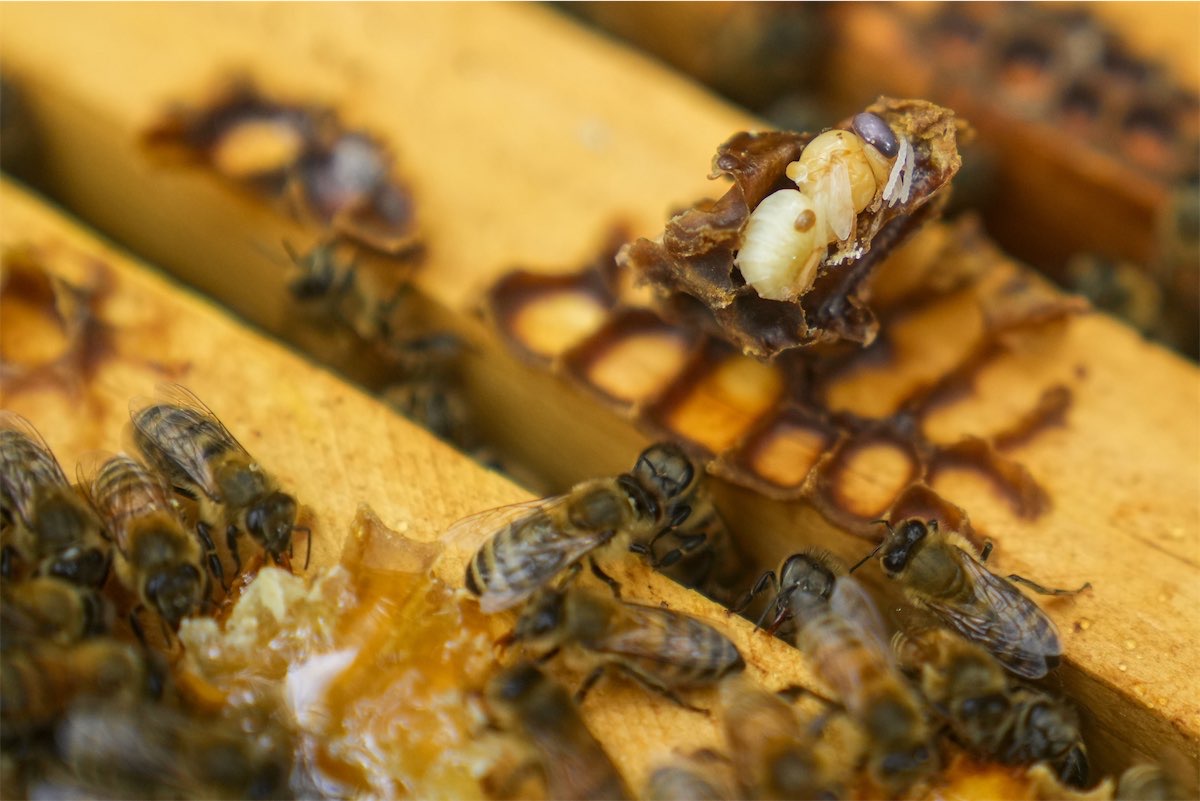
By Luke Costin in Sydney
THE bee-killing varroa mite has been found in inland NSW, hundreds of kilometres from where it was first detected in the state.
The detection at Gumble, west of Molong, was linked to the legal movement of hives from the northern outskirts of Sydney that have since been subjected to a destruction order.
But the Department of Primary Industries has reassured producers that its operation – resembling contact tracing for COVID-19 – is working.
“Whilst the discovery of a new mite location is disappointing, it provides further confidence that our tracing and surveillance strategies are working,” deputy incident controller Shannon Mulholland said on Friday.
“Only one mite has been discovered at Gumble and this low mite count suggests we’ve detected the movement early, and the fact it was a recent legal movement gives us some confidence we can control this spread quickly.”
Tracing is ongoing to identify potential contact with other hives.
Many of NSW’s 13,000 beekeepers have been closely watching their hives since the deadly mite was first detected near the Port of Newcastle in June 2022.
More than 14,000 hives were destroyed in the first four months of the outbreak as authorities tried to halt the spread of the parasite.
Varroa mite has the potential to decimate the beekeeping industry and hit other pollination-dependent sectors, such as horticulture.
The mite was discovered in March directly north of Sydney, at Mooney Mooney, leading to a 10km eradication zone.
The hive in Gumble was moved from Sackville North, west of Mooney Mooney, before the mite was detected in nearby Glenorie in late June.
Beekeepers must report all hives in an eradication zone, even if they are only being moved through the zone.
All registered beekeepers must also conduct an alcohol wash of their hives every 16 weeks to help detect the Varroa mite.
The parasite is not only affecting NSW industry.
Difficulties with pollination driven by the varroa mite outbreak and a wet finish to 2022 is expected to blunt almond yields in Victoria and SA.
Who can be trusted?
In a world of spin and confusion, there’s never been a more important time to support independent journalism in Canberra.
If you trust our work online and want to enforce the power of independent voices, I invite you to make a small contribution.
Every dollar of support is invested back into our journalism to help keep citynews.com.au strong and free.
Thank you,
Ian Meikle, editor





Leave a Reply